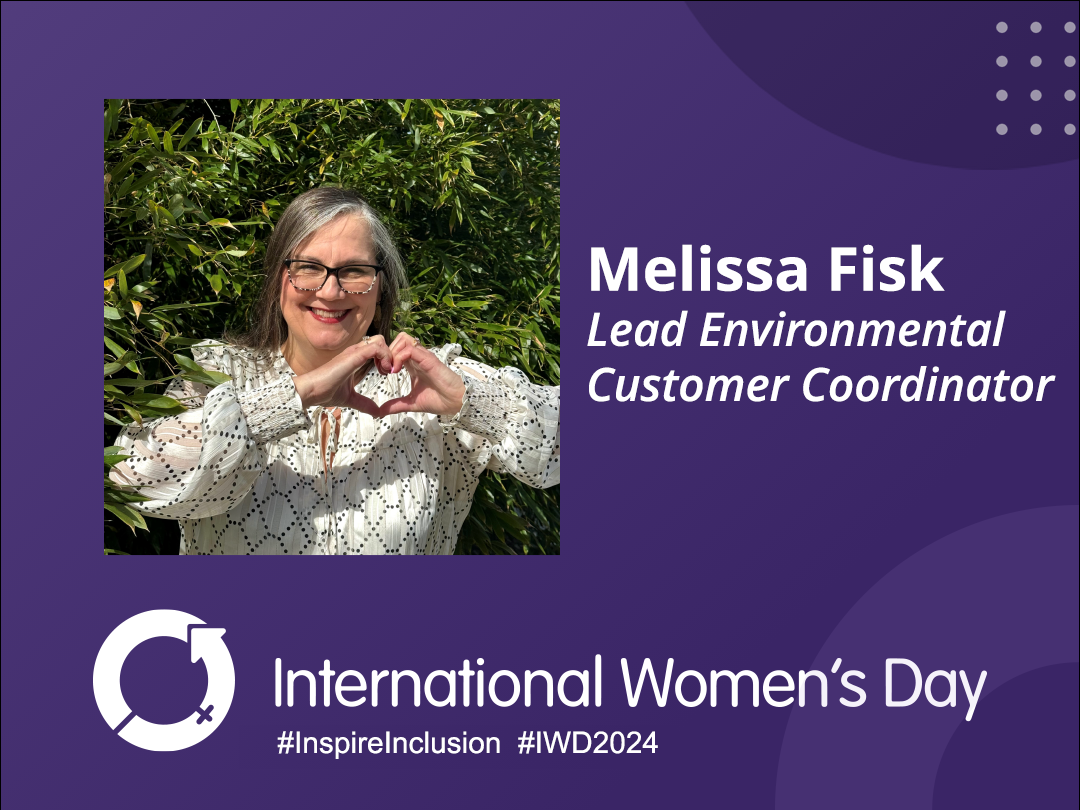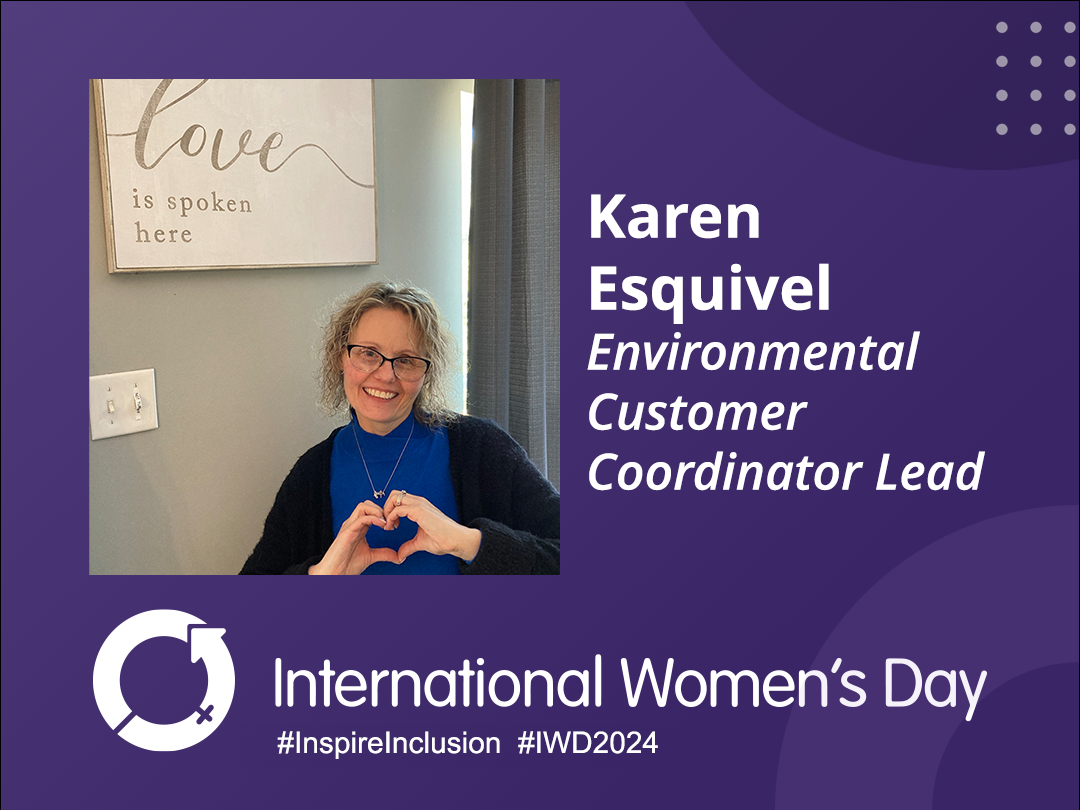If you are a hazardous waste generator than you know that once you’ve placed any hazardous waste into a container it becomes necessary to properly mark and label that container. According to the EPA, a hazardous waste generator is only allowed to accumulate or store waste on-site for less than 90 days if they do not have a permit. This 90-day limit begins the moment the container becomes full. There are a couple of exceptions to the 90-day rule.
For example, if you are a small quantity generator (SQG) and you are shipping your wastes more than 200 miles away you can store waste for up to 270 days. If you’re shipping less than 200 miles away, you only have 180 days. Differing time frames aside, the important thing is that you must be able to prove to an inspector that your waste is within its storage time window.
The way you can ensure your ability to prove so is by properly dating your container. §262.34(a)(2) states that “the date upon which each period of accumulation began [must be] clearly marked and visible for inspection on each container.” Additionally, you must clearly mark and identify the container with the words “Hazardous Waste.” The one exception is for hazardous waste containers in a satellite accumulation area which we will cover in a later post.
The Ohio EPA provides the following advice for keeping your hazardous waste labels in good shape, “Pay attention to container labels. Make sure they are filled out and in good condition. If a label gets torn or becomes difficult to read, replace it. If you store hazardous waste containers outside, check labels during your inspections to ensure they haven’t fallen off or become damaged.”
In addition to the EPA regulated markings it is important to follow any state regulations as well as making sure to comply with any and all labeling requirements set forth by the Department of Transportation (DOT). DOT labels must be filled out before the container can be shipped off site. This label will exactly identify the waste including its name, characteristics, and handling requirements.
It’s not just having the labels on the container that is important though. You must also think about where on the container you place them. Proper placement is important so that labels are not missed by handlers. Labels must appear in their entirety and should not be placed near any other markings on the surface. They should always be visible (so never place them on the bottom of a container).
“If the waste has multiple hazards associated with it multiple labels should be displayed next to each other. The DOT recommends a six- inch space (15 cm) between labels. The label designating the primary hazard should be above and to the left of the label designating the subsidiary hazard.” [1]
Finally, the EPA provides the following tips for marking/labeling your containers:
- Have all personnel use the same method (e.g., handwritten, prepared labels) to label containers. Make sure all handlers know what the markings mean.
- Besides the start date and the words “Hazardous Waste,” include information about contents (e.g., toxic, reactive, incompatible).
- Apply DOT labels to the container when waste is first placed in the container. The label will be in place for shipment and provides information about the waste to drum handlers.
- Before reusing containers, make sure all old markings/labels are washed off or blacked out.
Quoted and cited information for this blog post (unless otherwise noted) was gathered from the EPA Handbook for Hazardous Waste Containers. As always, this blog post is not intended to be comprehensive and it is always best to check with the EPA and local government for full, up-to-date, rules and regulations.
More News From Heritage
-
3/12/24
Equal Pay Day – Spotlighting Our Female Drivers
-
3/8/24
International Women’s Week Spotlight – Shannon Dippel
For International Women's Week, we're spotlighting some of the incredible women in the Heritage family. Our final spotlight is Shannon Dippel.
-
3/8/24
International Women’s Week Spotlight – Susan Adams
For International Women's Week, we're spotlighting some of the incredible women in the Heritage family. Our sixth spotlight is Susan Adams.
-
3/7/24
International Women’s Week Spotlight – Lea Wilson
For International Women's Week, we're spotlighting some of the incredible women in the Heritage family. Our fifth spotlight is Lea Wilson
-
3/7/24
International Women’s Week Spotlight – Melissa Fisk
For International Women's Week, we're spotlighting some of the incredible women in the Heritage family. Our fourth spotlight is Melissa Fisk.
-
3/6/24
International Women’s Week Spotlight – Taylor Harvey
For International Women's Week, we're spotlighting some of the incredible women in the Heritage family. Our third spotlight is Taylor Harvey
-
3/5/24
International Women’s Week Spotlight – Karen Esquivel
For International Women's Week, we're spotlighting some of the incredible women in the Heritage family. Our second spotlight is Karen Esquivel.
-
3/5/24
Heritage Environmental Services Announces HP Nanda as CEO; CEO Jeff Laborsky Transitions to Board of Directors
Heritage Environmental Services (“HES”) announced today that HP Nanda will join the organization as CEO.








